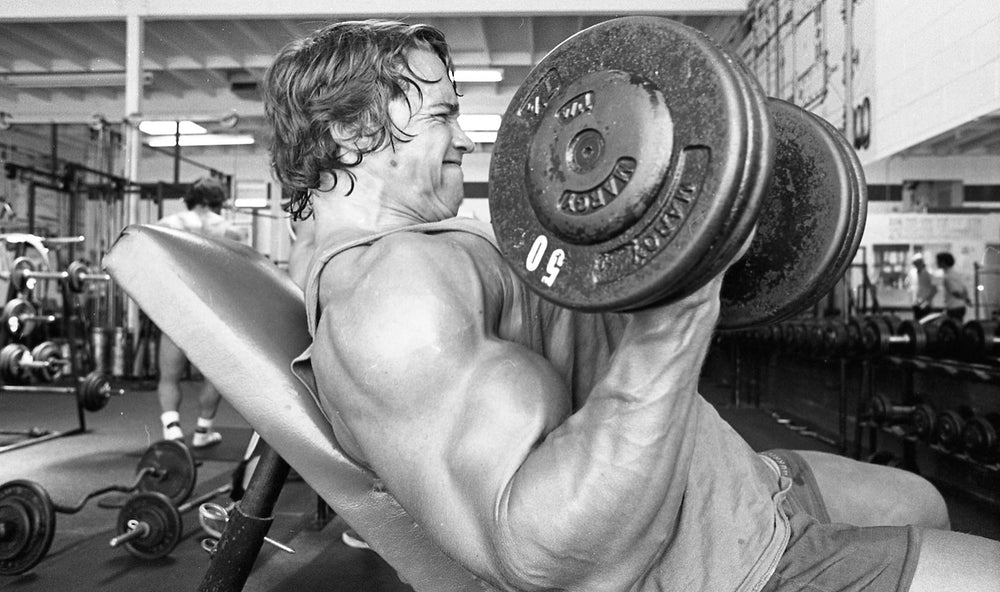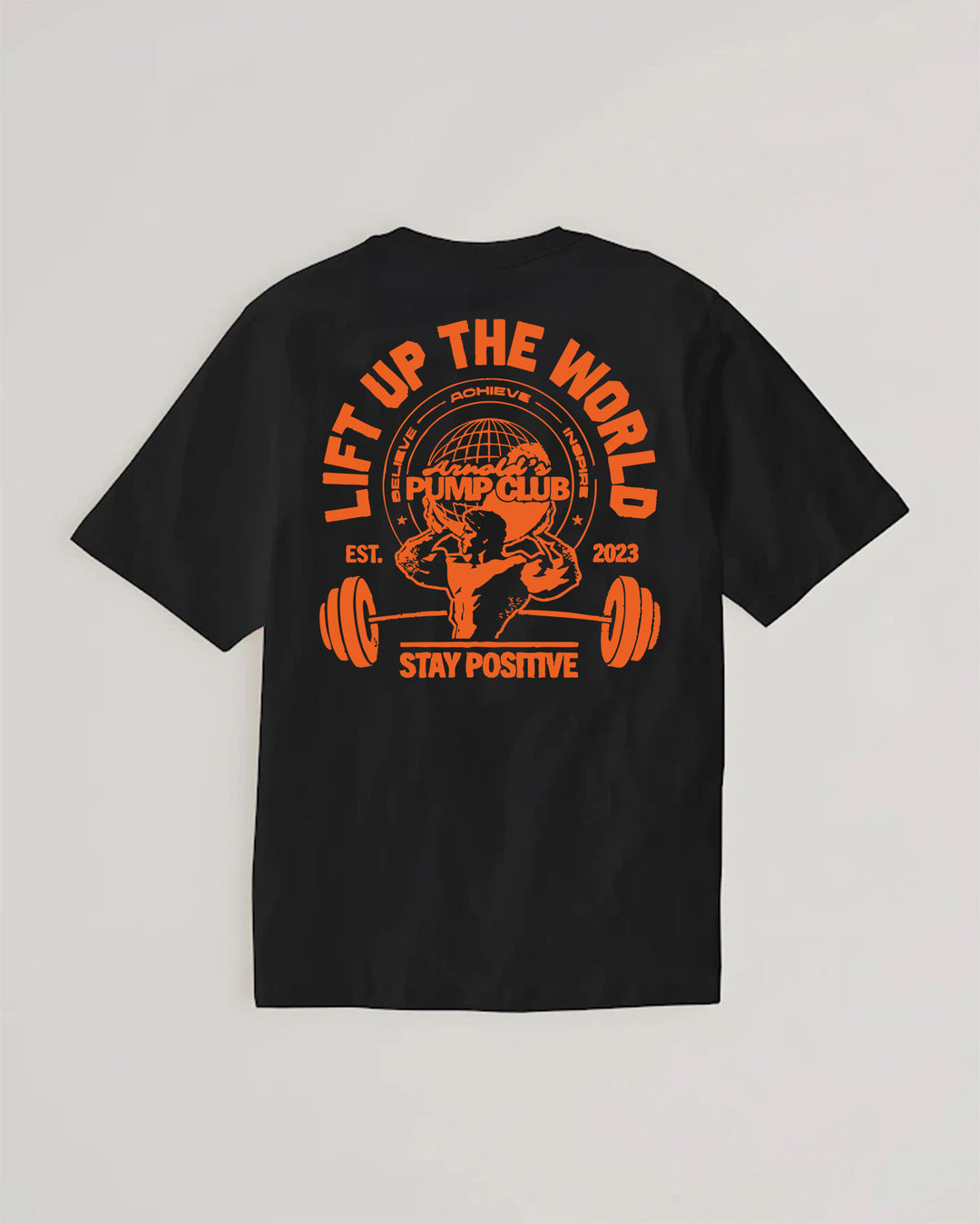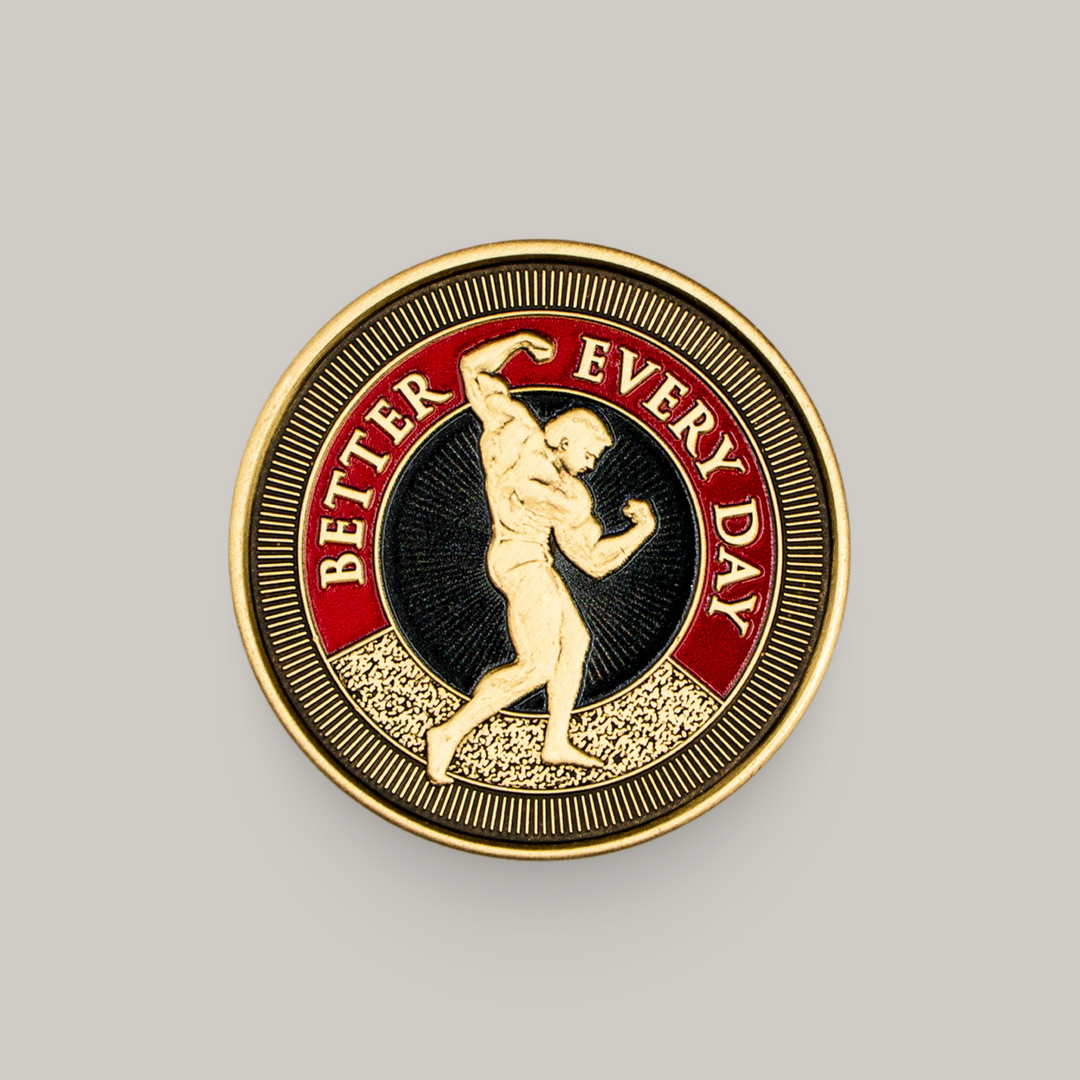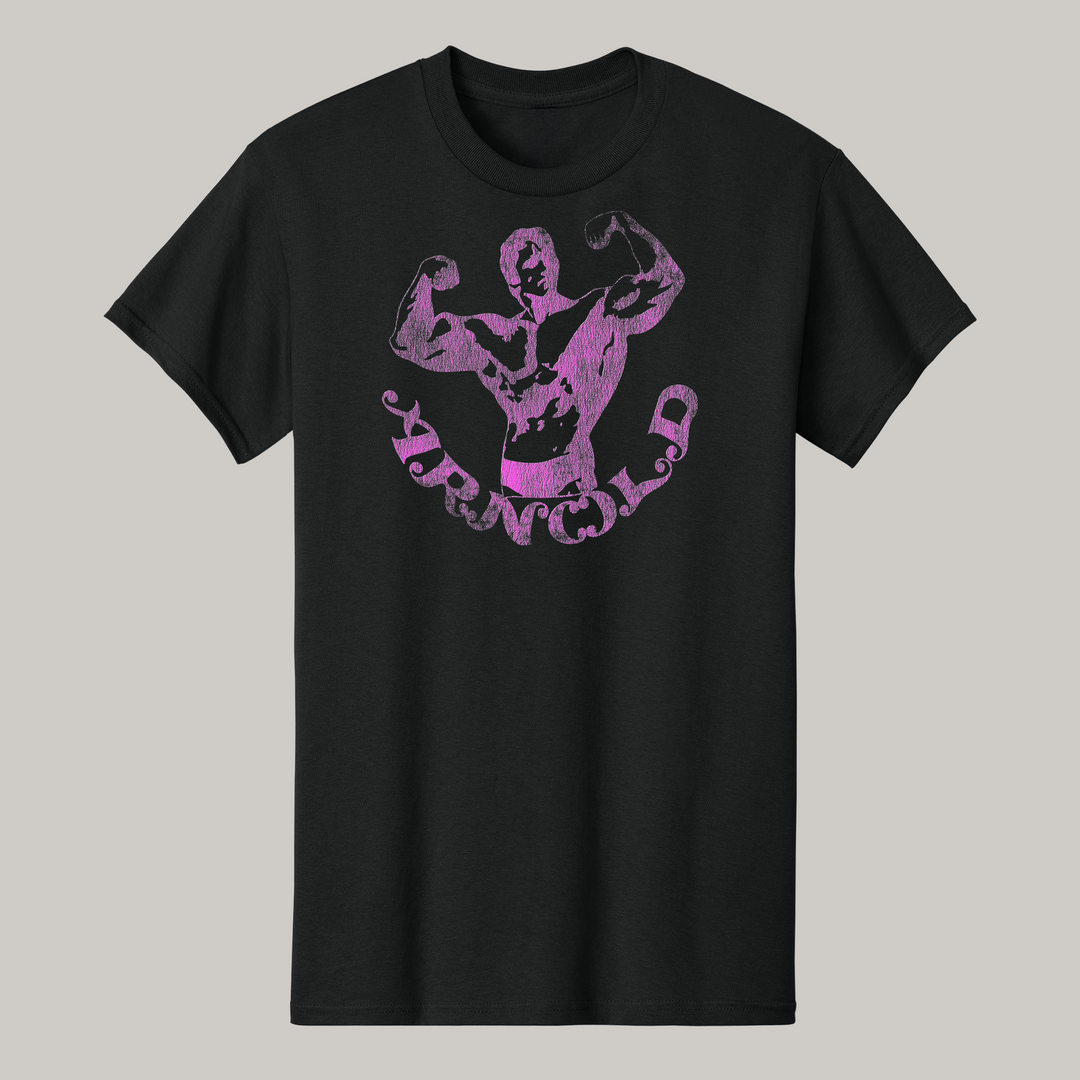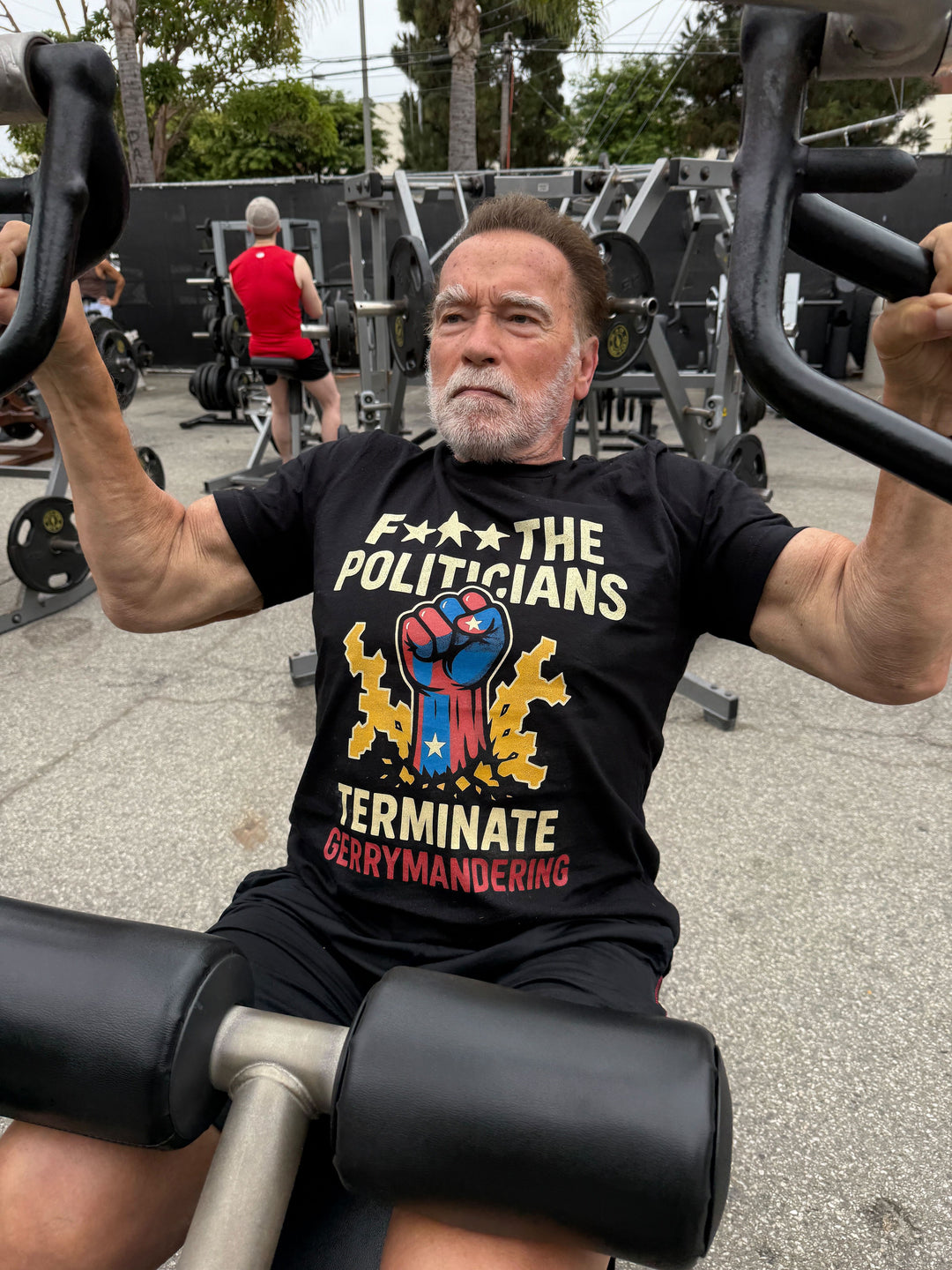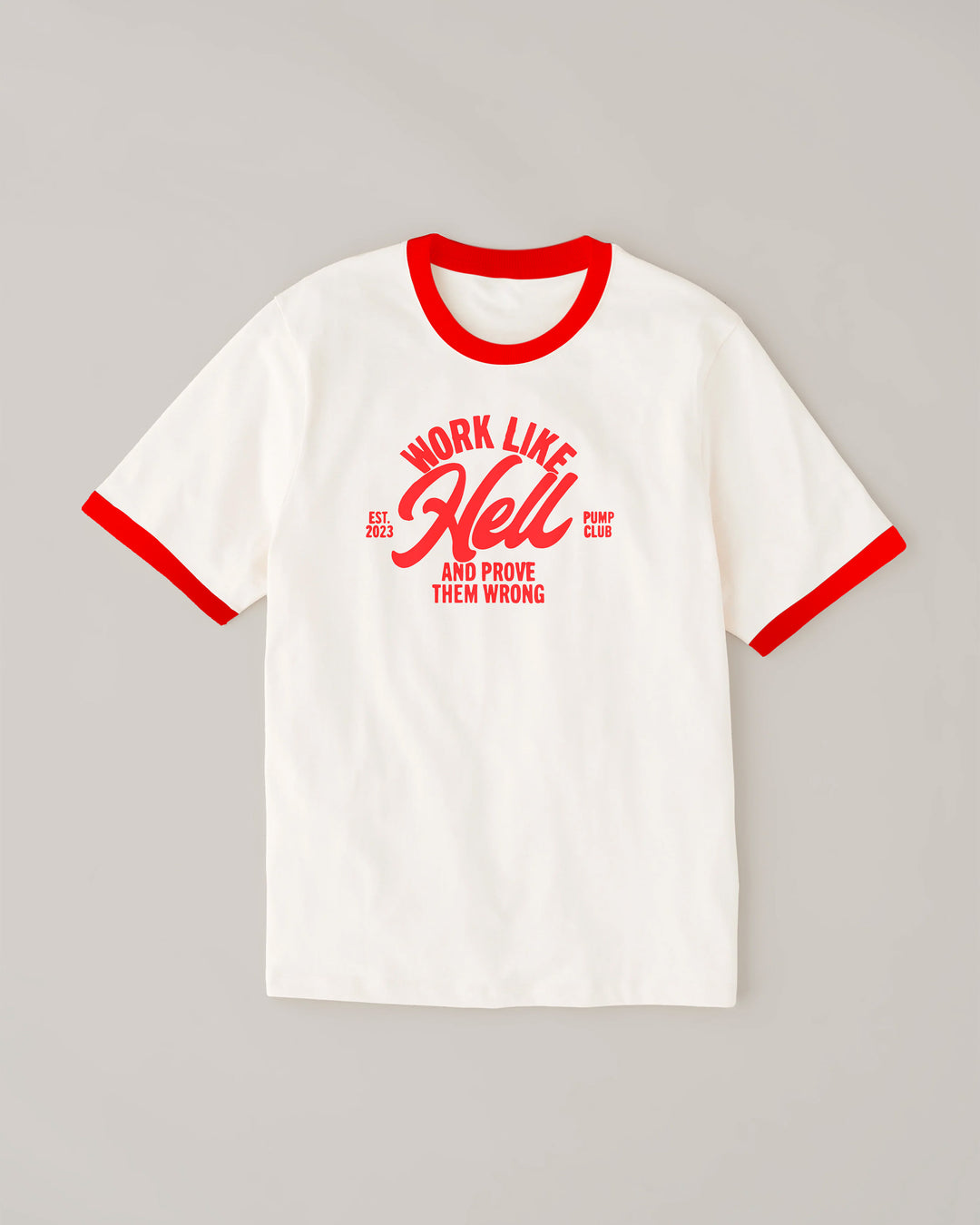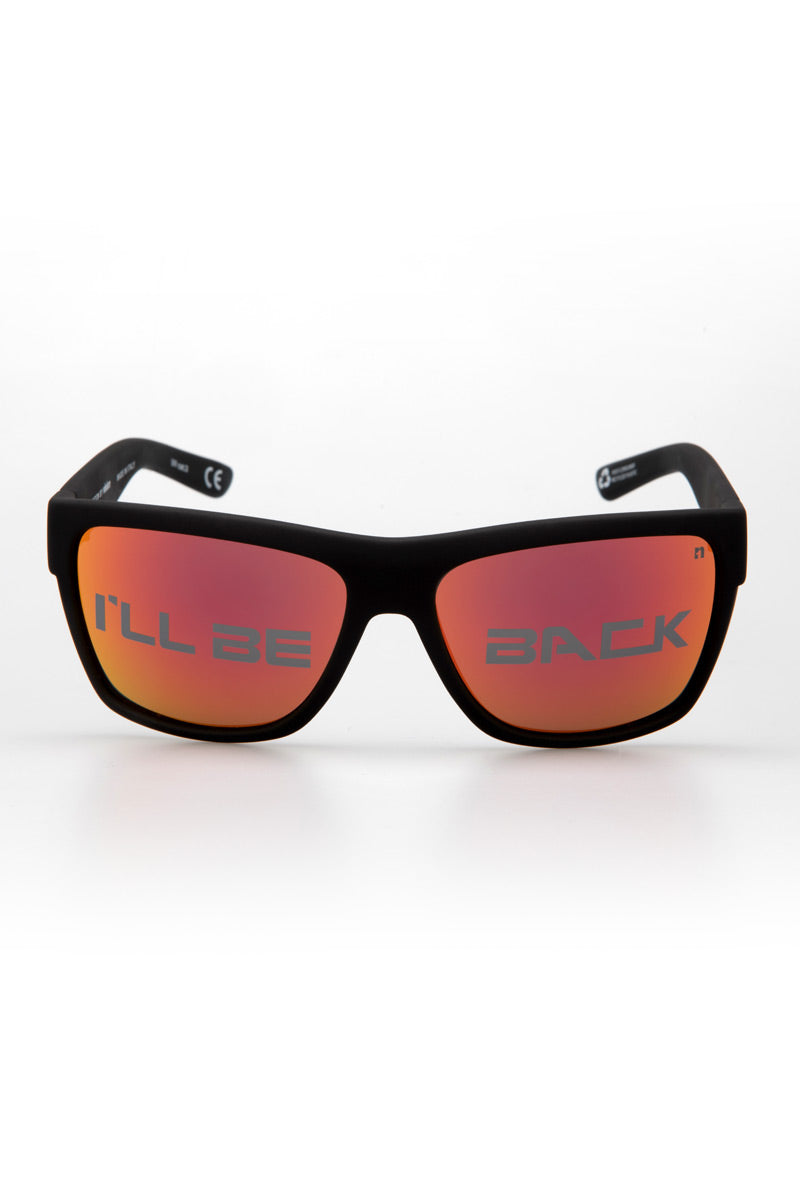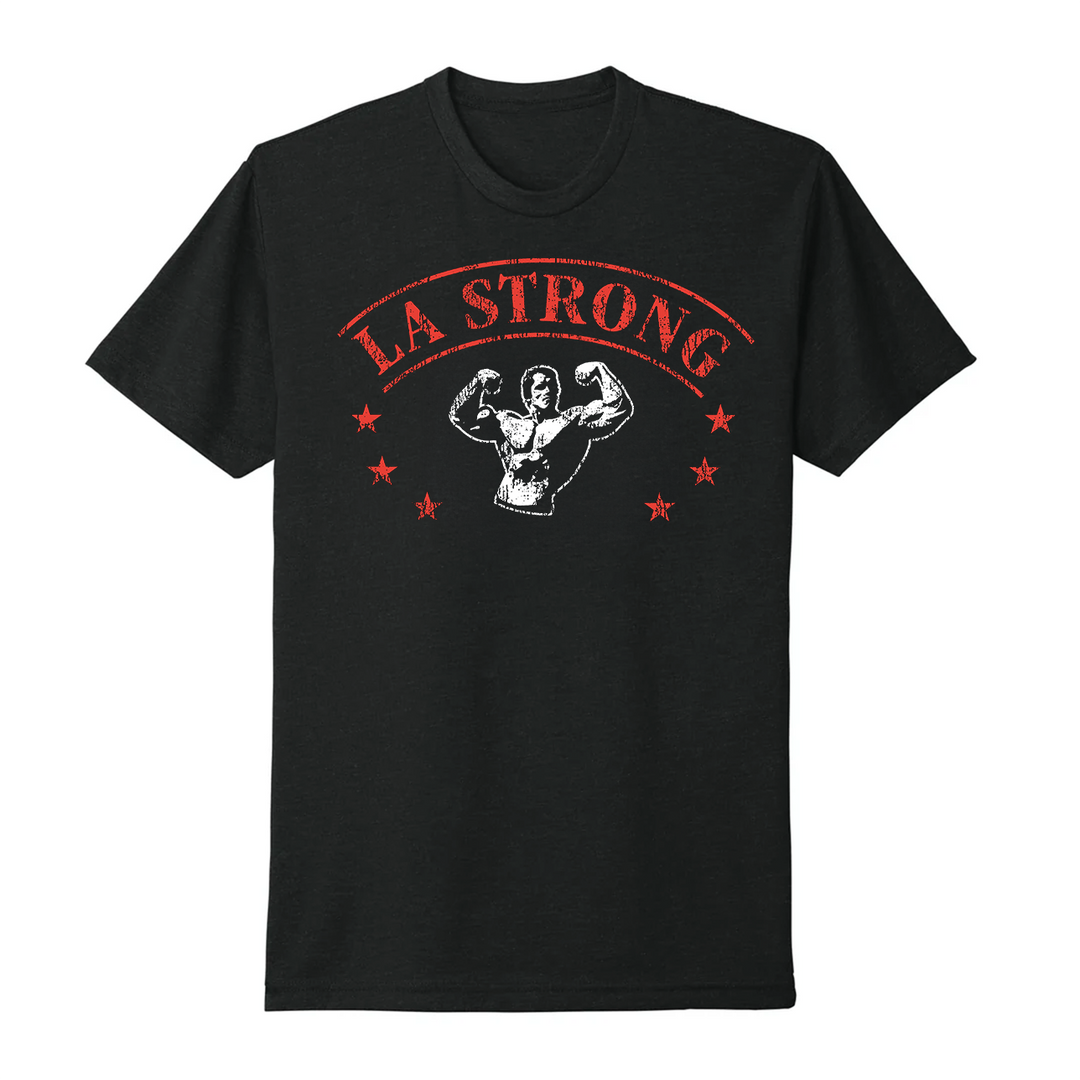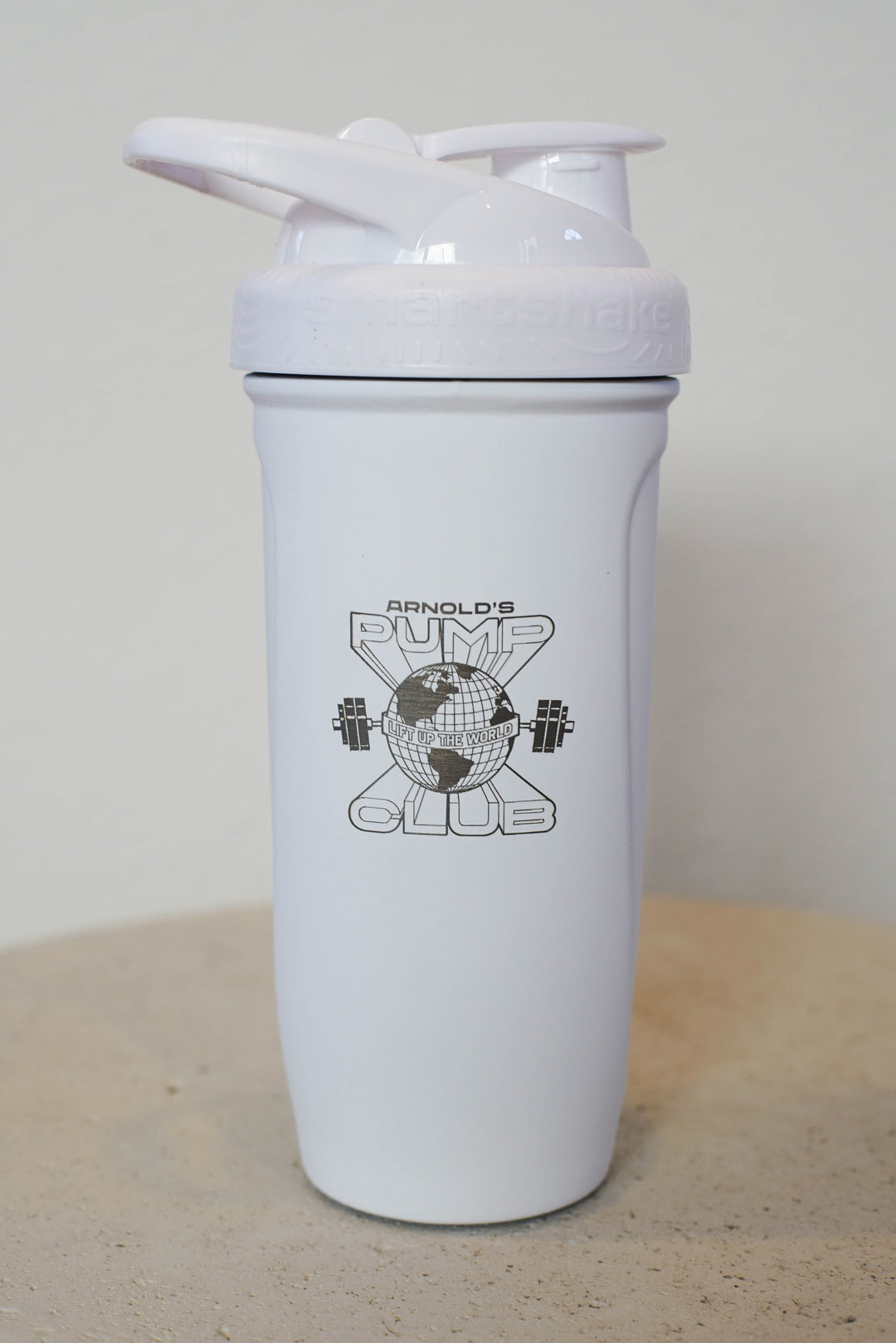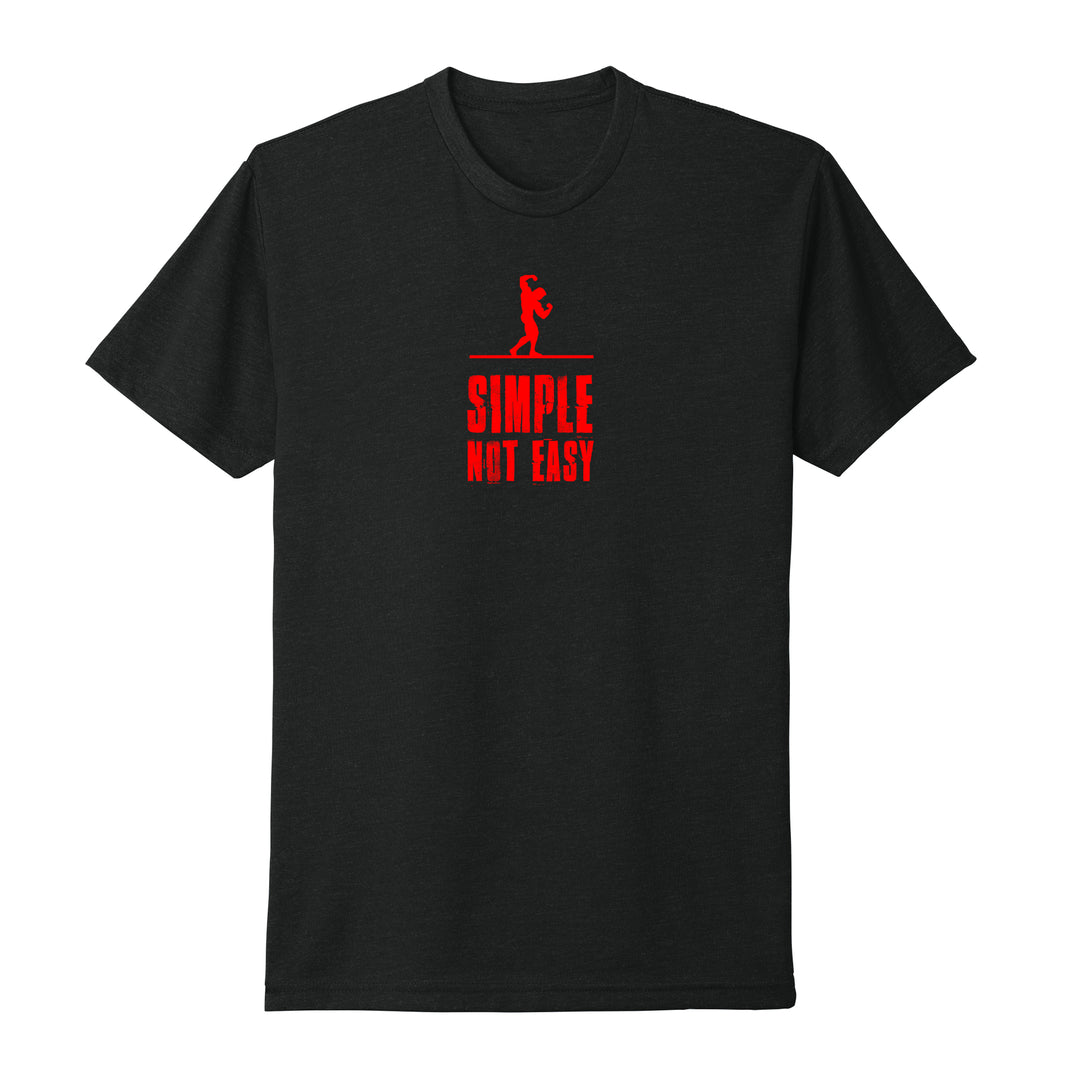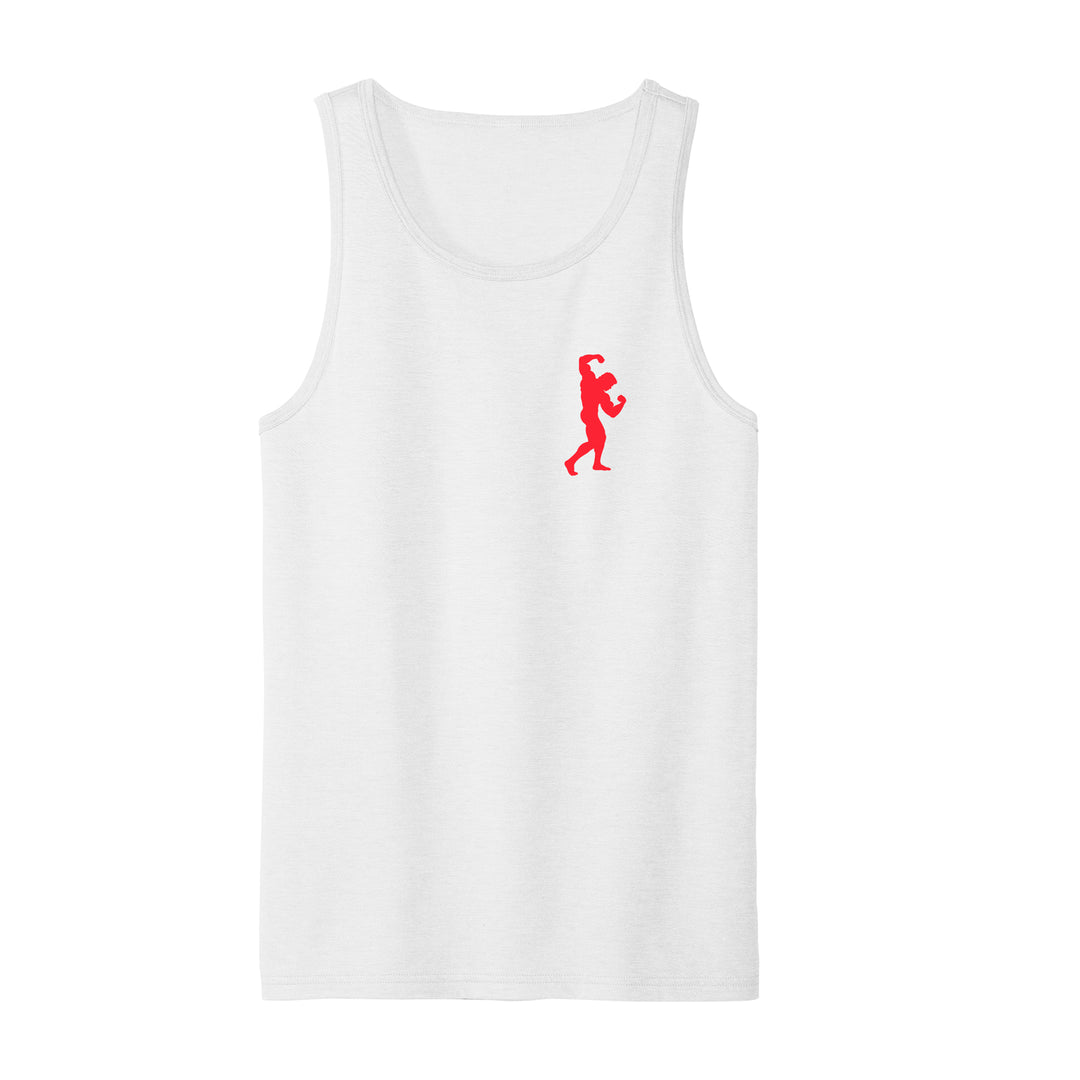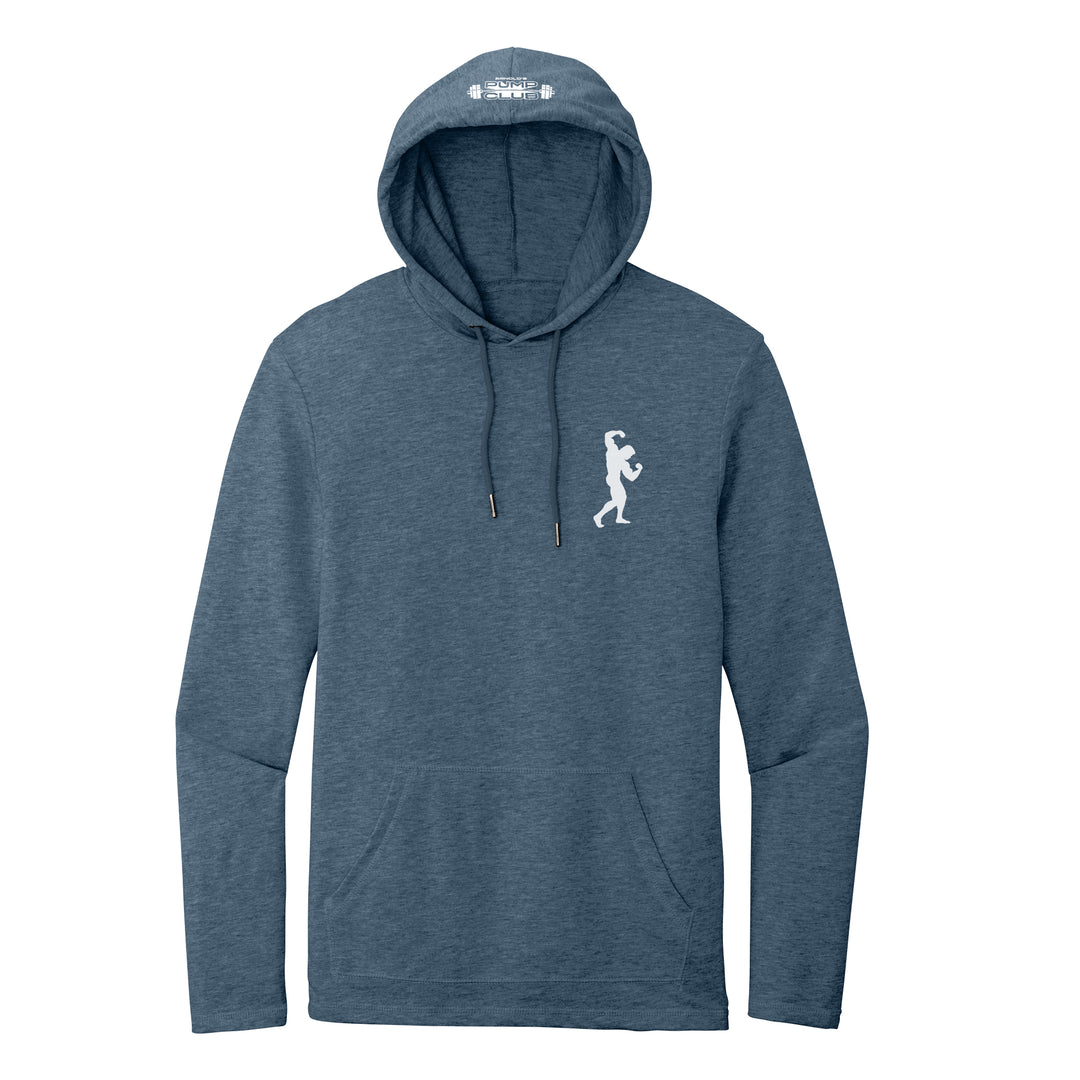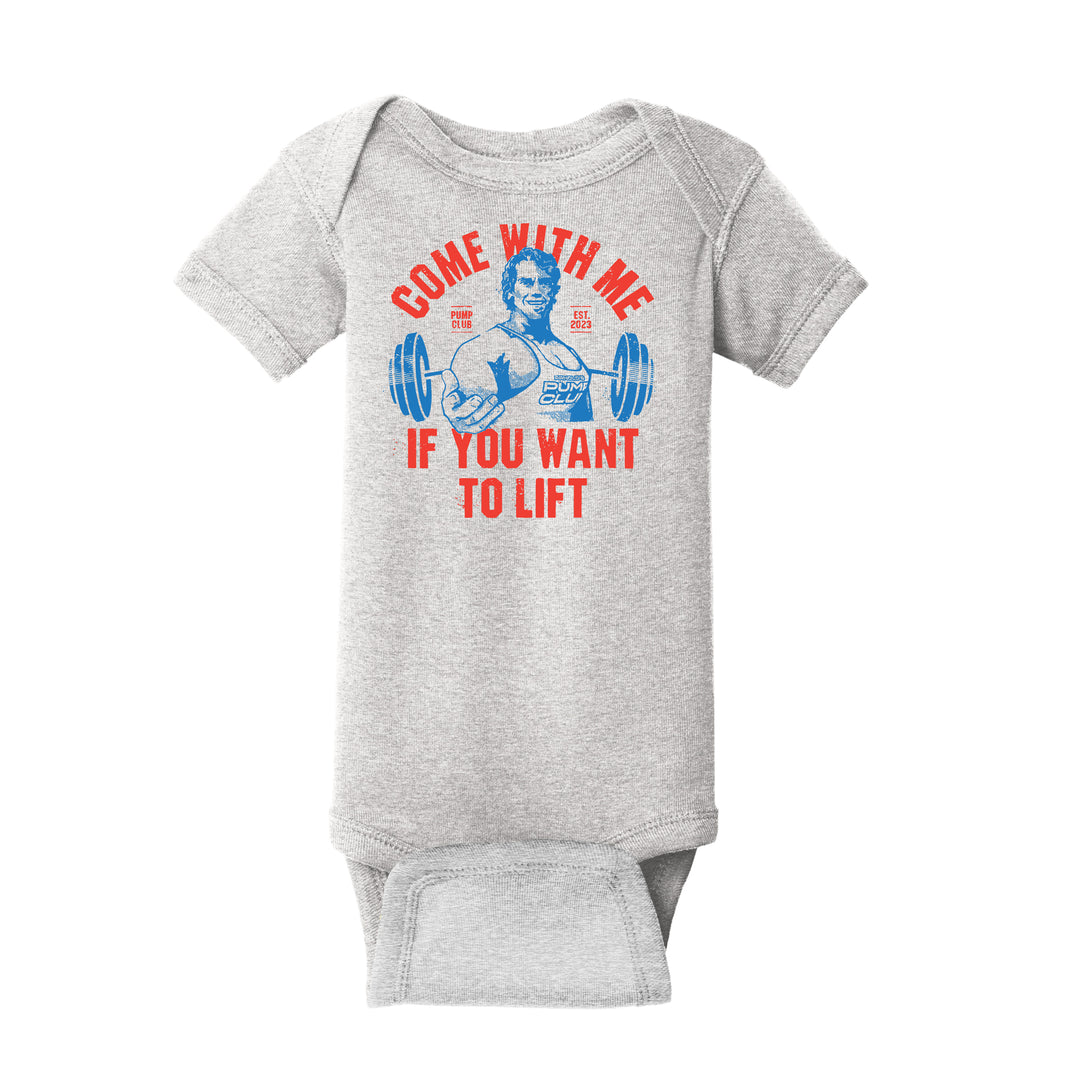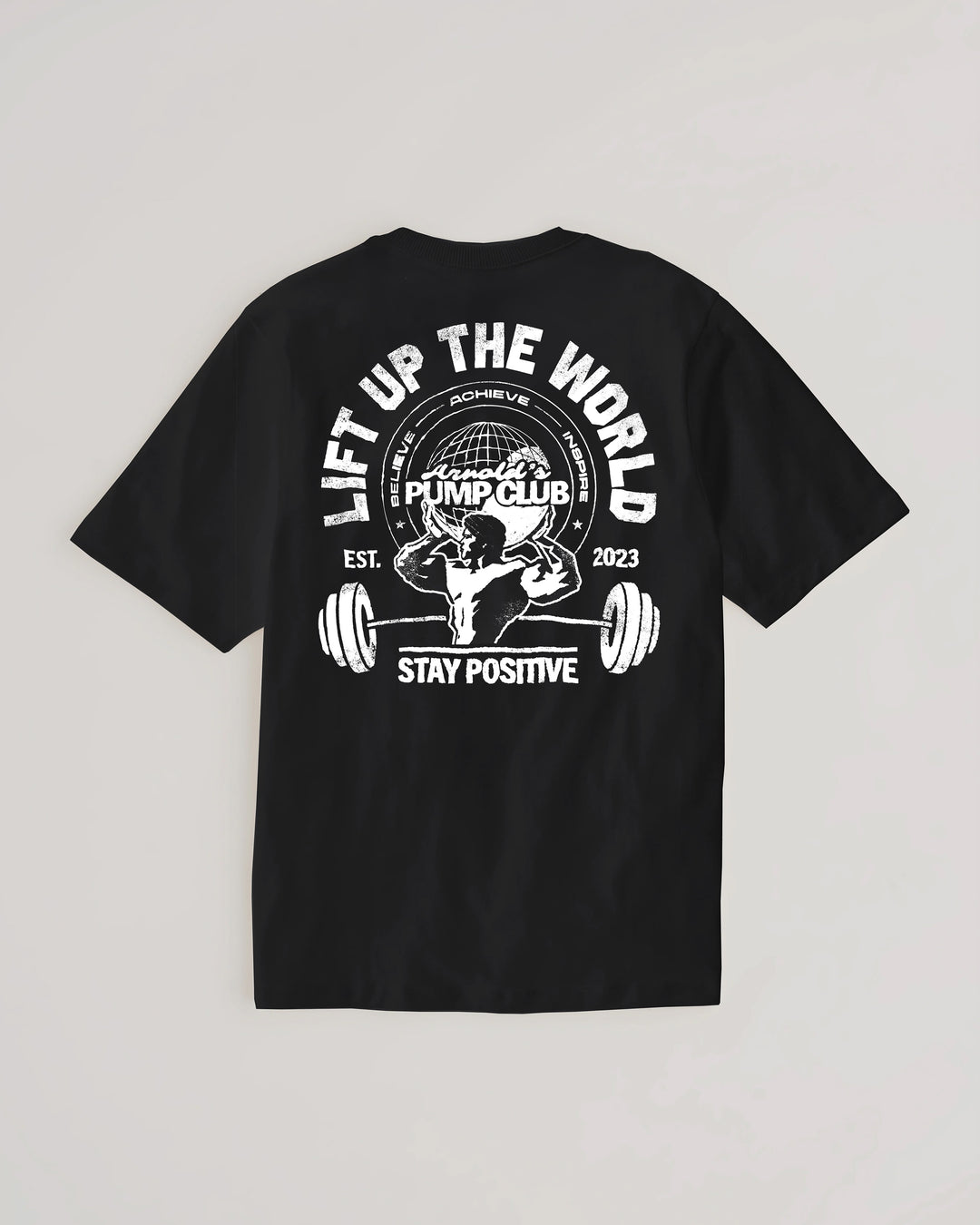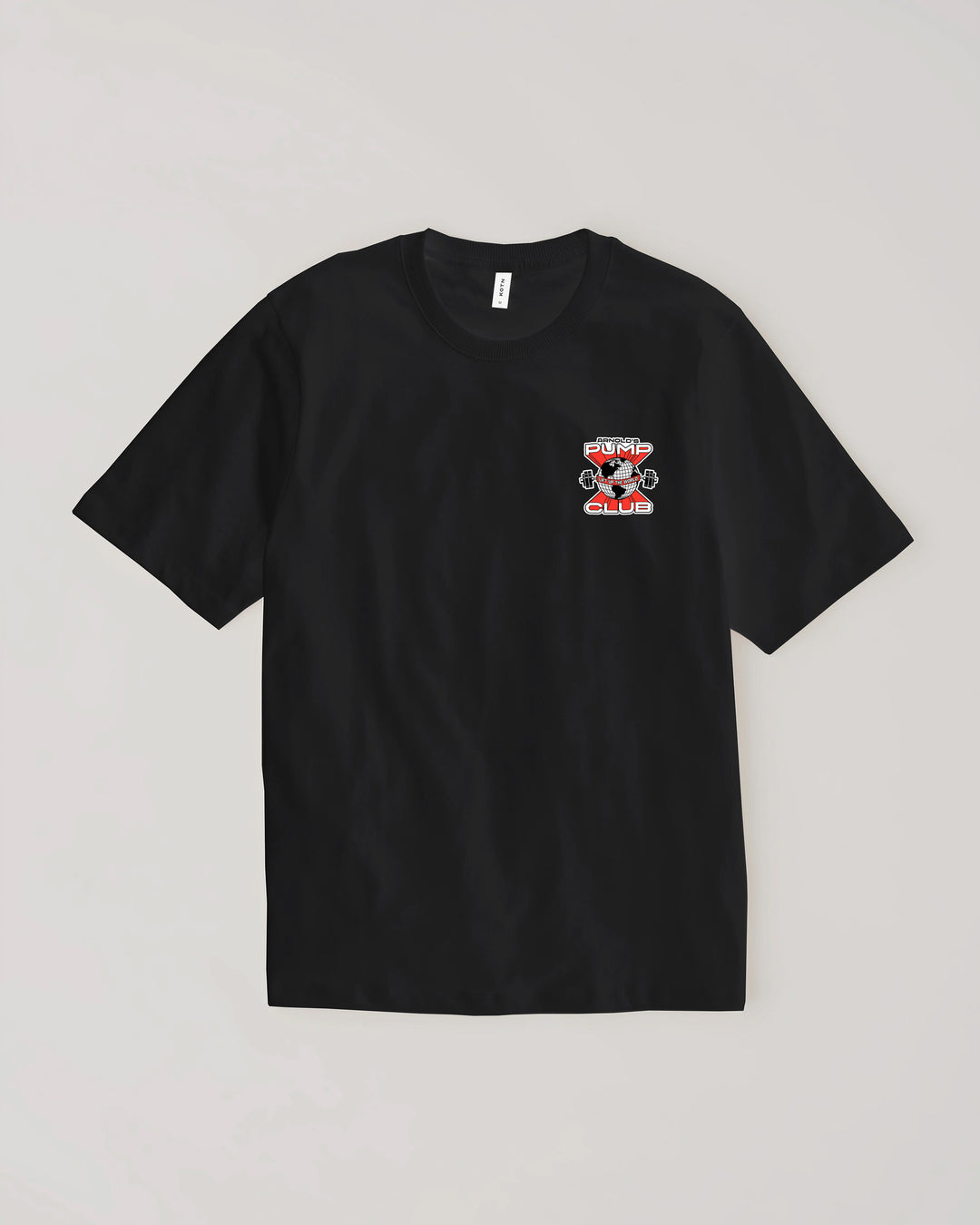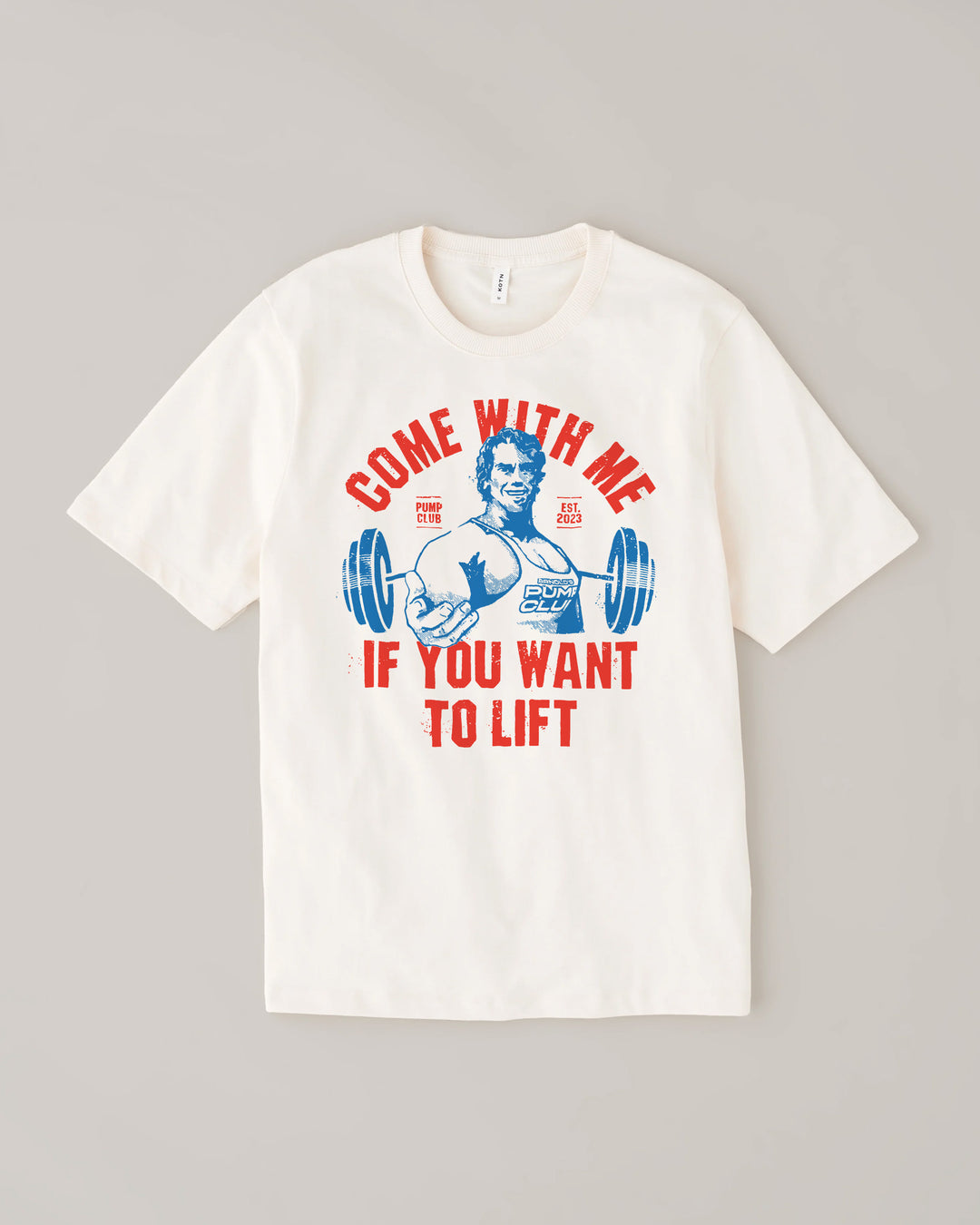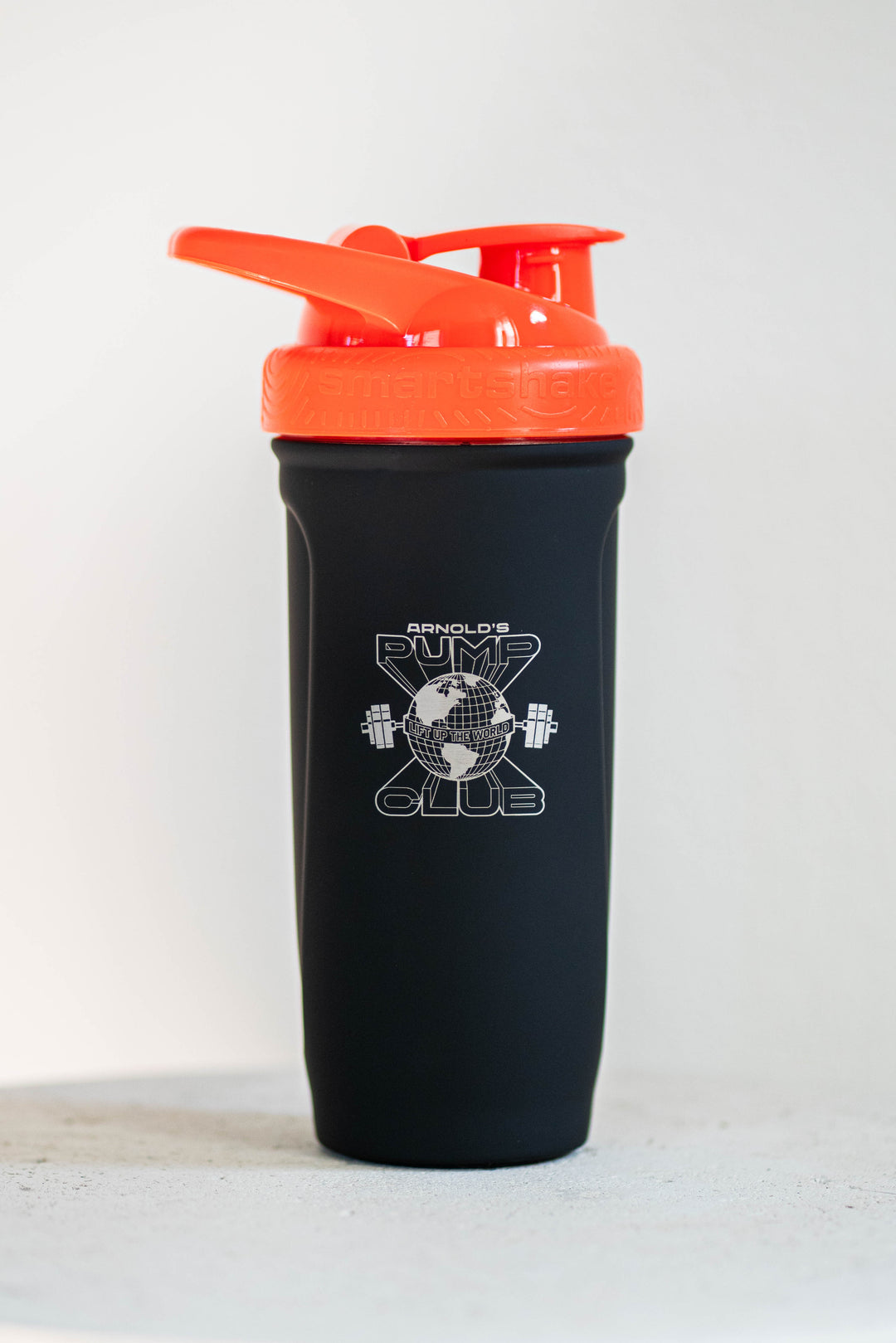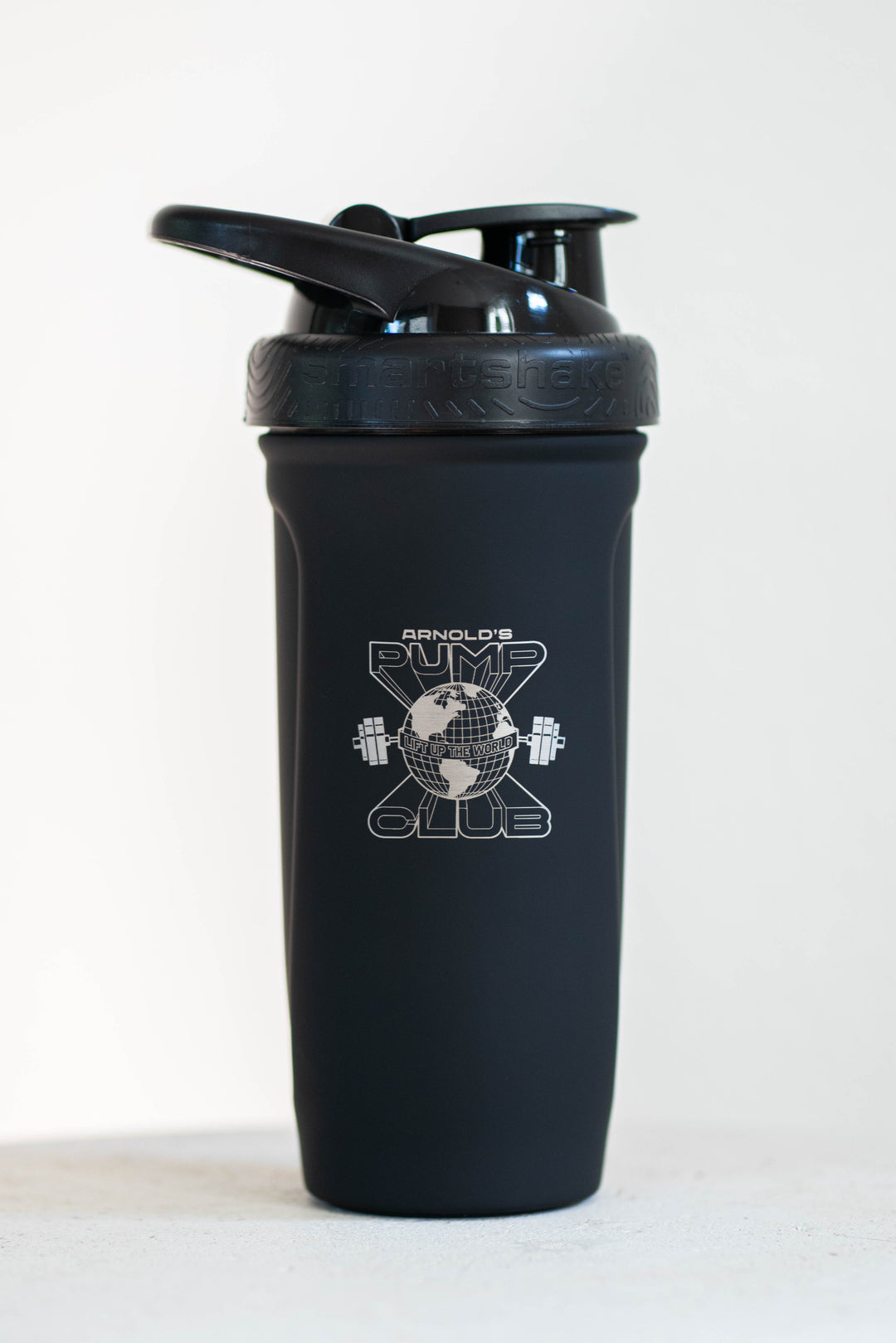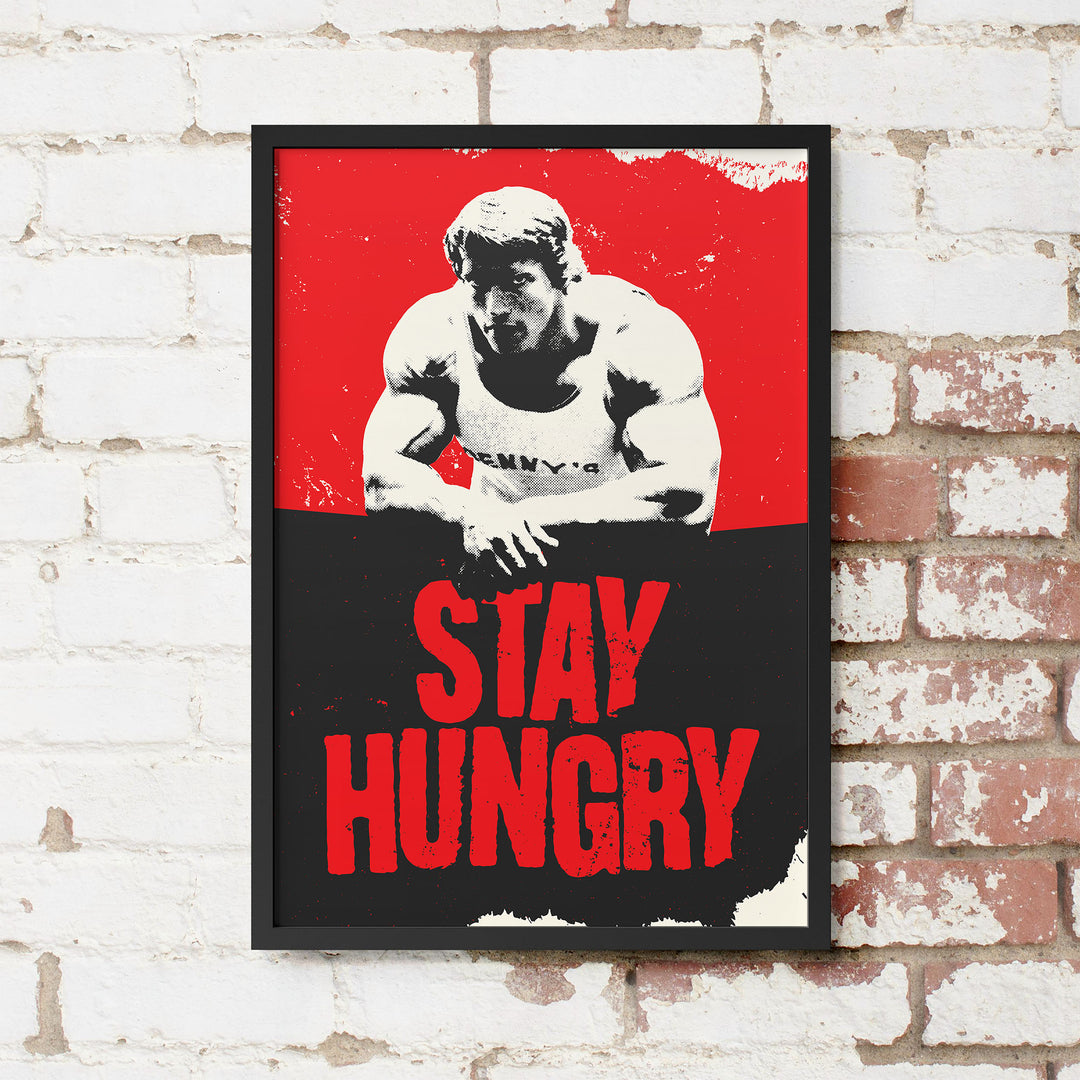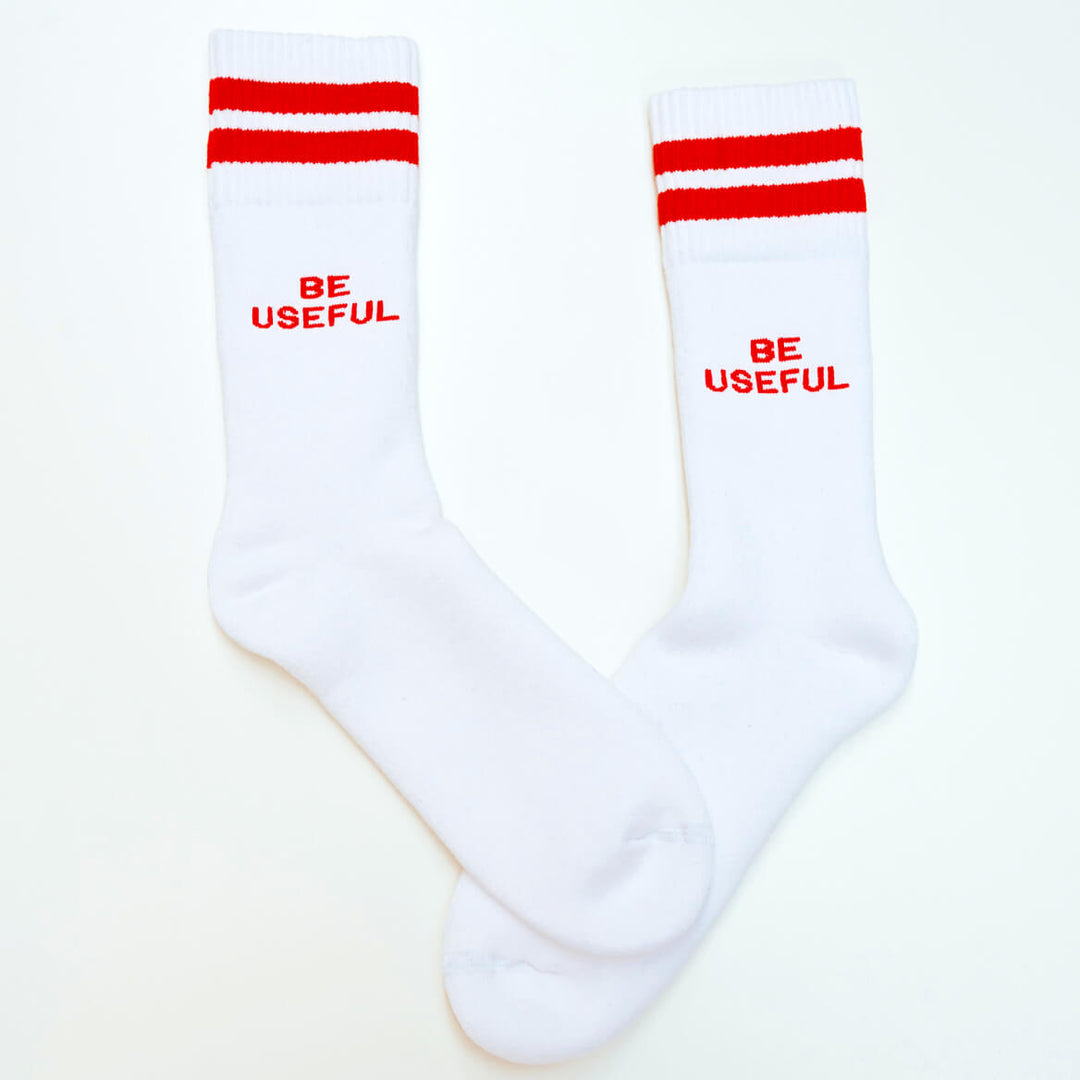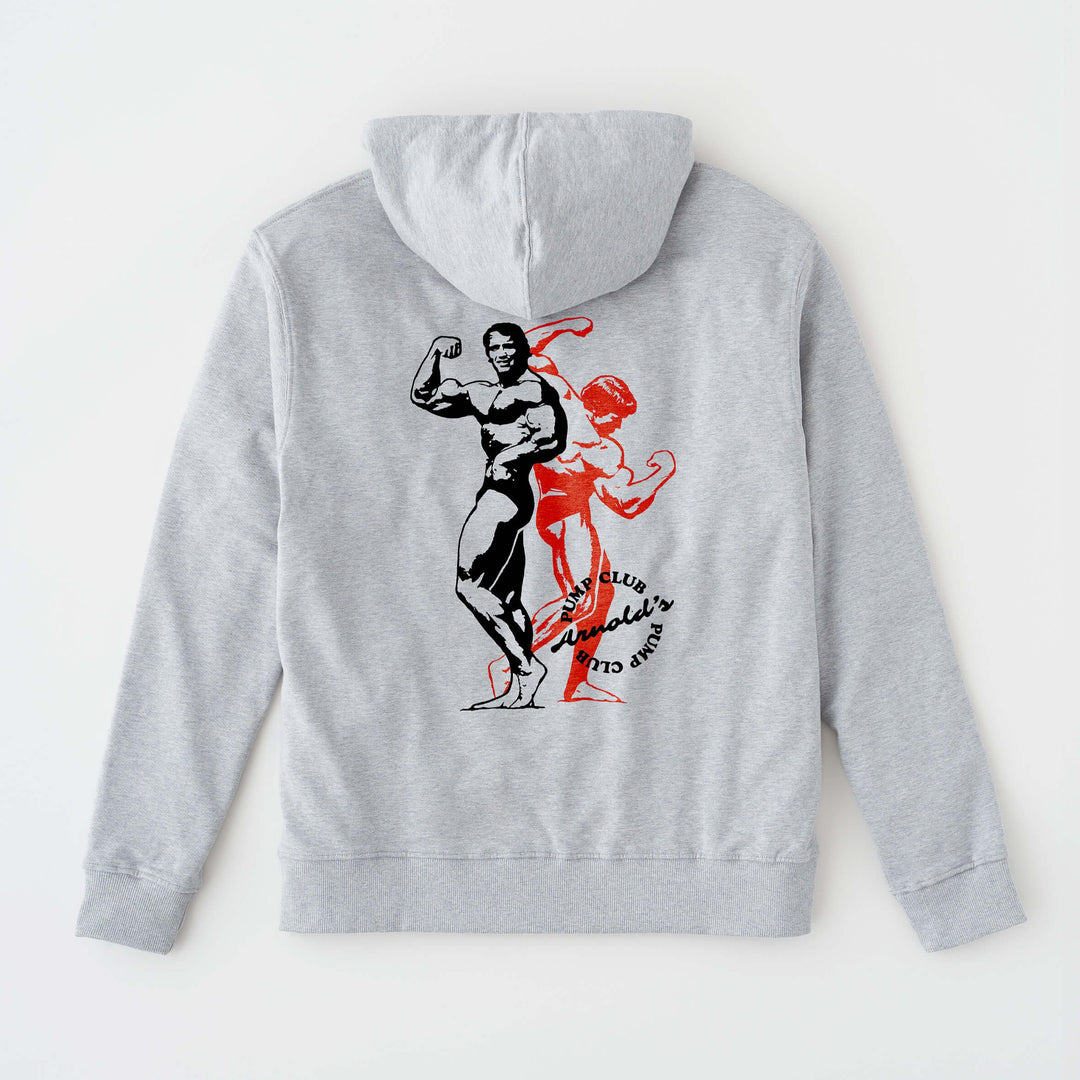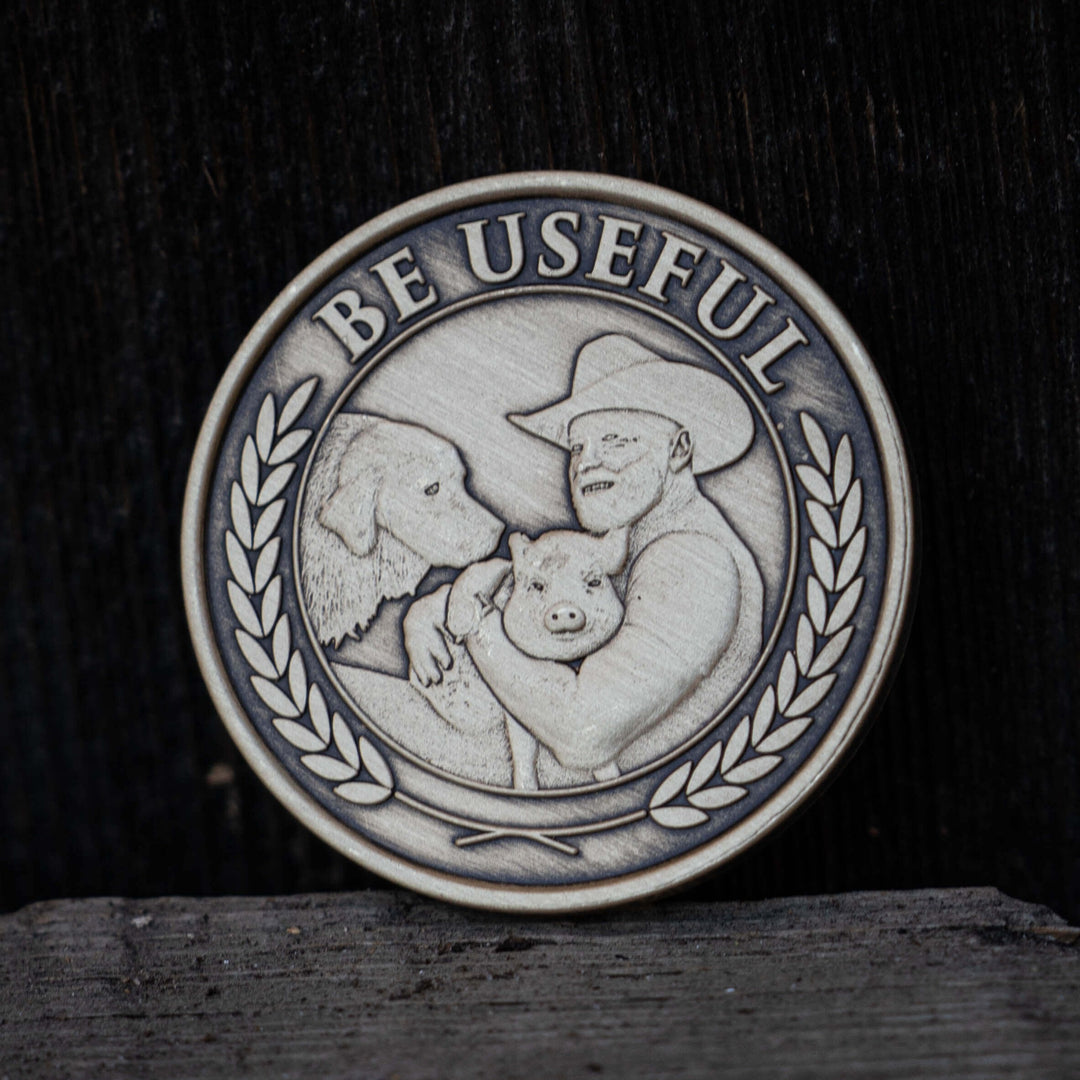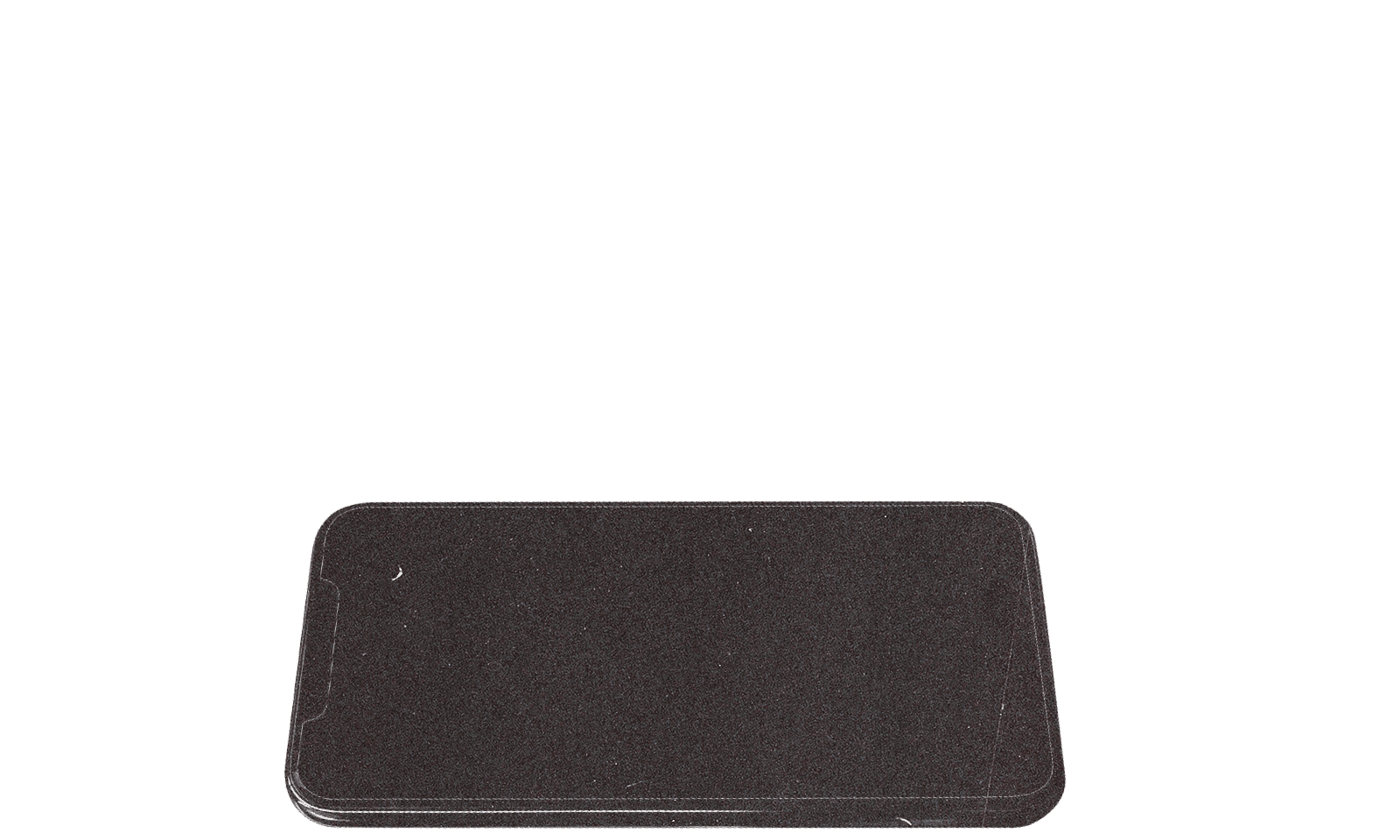Welcome to the positive corner of the internet. Every weekday, we make sense of the confusing world of wellness by analyzing the headlines, simplifying the latest research, and offering quick tips designed to make you healthier in less than 5 minutes. If you were forwarded this message, you can get the free daily email here.
Today’s Health Upgrade
Monday motivation
The sound of recovery
Instant health boost
Workout of the week
Arnold’s Podcast
Want more stories from Arnold? Every day, Arnold’s Pump Club Podcast opens with a story, perspective, and wisdom from Arnold that you won’t find in the newsletter. And, you’ll hear a recap of the day’s items. You can subscribe on Apple, Spotify, Google, or wherever you listen to podcasts.
Arnold’s Corner
Monday Motivation
The Pump met up in Austin, Texas, this weekend, and I got all the reports and videos from my team after I called in to pump everyone there up.
There were great stories of PRs (Congratulations to all of you!) and people who have only met in the app community connected and pushed each other for the first time in person.
There were incredible lessons.
One couple fell out of shape after COVID and said they were done with excuses. He deadlifted 425 and she deadlifted 315.
One guy had a heart attack 2 years ago and decided to get serious about fitness. He deadlifted a personal best.
I could go on, because it seemed every member had a story.
But there was one lesson in particular that I want all of you to hear.
One of the women who showed up explained how the app changed her life. She said she used to think, “There is one side of the gym for people like me and one side for the people not like me.”
The people “not like her” were the fit ones. And she just couldn’t see herself there.
I get it. When you haven’t trained much, the gym can be intimidating. You can see people lifting big weights, and think you don’t belong.
But I loved hearing this story from the team, because she eventually got the courage to cross over.
Now, she said, she knows she belongs. She’s “one of those people.”
I want all of you to know that you are one of those people, too. Sometimes, I know many of you put limitations on yourself without ever testing them. When you venture out and go beyond those limits, you find out you are a different person than your mind was telling you.
If you have hung out around the cardio area in the gym and told yourself the weights aren’t for you — that’s just a story you’ve told yourself. It’s a fake limitation.
You think you don’t belong because instead of just walking over there and trying a few exercises, you allowed your mind to draw a boundary that doesn’t exist.
This story starts in the gym, but applies to everything in life.
It is easy for your mind to be your own worst naysayer. It will tell you, “You are not this” and “you are not that.”
Here is what I need you to tell yourself: you are whatever you want to be.
You might think that sounds a little cheesy. Let me ask you: have you ever tried?
I want you to stop putting fake barriers in front of yourself. The world already has enough speed bumps and stop signs waiting for us. We don’t need to make new ones up.
I am not telling you this will be easy. At first, it will be really uncomfortable. But each rep of discomfort will make it easier, the same way each time you do a pushup, it gets easier.
Reps, reps, reps. They work in the gym, and they work in life.
Tell yourself, “I won’t do this anymore, I won’t make excuses.”
Every time you shut down that negative voice in your head, that is one rep.
Rack them up.
Together with Brain.fm
The Sound Of Recovery
Imagine if your playlist could help your body bounce back quicker after a workout. It turns out, it can.
Research suggests that listening to music during recovery significantly improves your recovery.
Scientists had participants perform a workout on separate days, followed by two different recovery conditions: one with soothing music playing and one in silence (control group).
When music was part of the post-workout routine, heart rate dropped and blood pressure improved faster.
Researchers suggest that music may help regulate the autonomic nervous system by boosting parasympathetic (rest-and-digest) activity and calming sympathetic (fight-or-flight) responses. This shift allows your body to de-stress and recover more efficiently after physical exertion.
The findings show that simple strategies like listening to relaxing music can meaningfully impact recovery.
Translation: with the right post-workout playlist, you can feel stronger and fresher when you hit your next workout.
Research suggests that slower, relaxing music with a tempo between 90 and 115 beats per minute (bpm)—and possibly without lyrics—improves workout recovery.
If you want to take your recovery and productivity to the next level, we recommend trying Brain.fm.
Brain.fm is a science-backed app that creates music designed to sync with your brain patterns, helping you focus better, relax deeper, and sleep easier. It’s the only music app supported by a National Science Foundation grant, and it offers focus modes like “Deep Work,” “Creative,” and “Motivation” to meet your exact needs.
Unlike random playlists, Brain.fm uses music with a steady rhythm and minimal fluctuations — keeping you in the zone and eliminating distractions that pull your mind away from the task.
So, whether it’s speeding post-workout recovery or helping you get into flow-state, Brain.fm’s playlists are backed by research to give your mind and body the beats it needs.
As a member of the positive corner of the internet, you can try Brain.fm for free for 30 days. Click here to start your free trial and experience the difference for yourself.
Instant Health Boost
Grip It And Rip It (For A Longer Life)
Do you ever stare at all the bags of groceries you need to bring into your house and try to carry them in one trip?
That feat of strength could help you determine whether you are more likely to live longer.
Researchers found that every 5-kilogram (11-pound) decrease in grip strength is associated with a 16 percent increased risk of death.
As we’ve shared before, multiple studies have found that strength is a strong predictor of death from all causes and potentially even more reliable than blood pressure. Grip strength reliably shows a connection to longevity across multiple studies.
Because declining muscle strength (sarcopenia) often starts subtly, it can be an early warning sign of wider systemic health problems, including inflammation, insulin resistance, and cardiovascular dysfunction.
Resistance training is one of the best ways to maintain and build strength at any age. Exercises like farmer’s carries, deadlifts, pull-ups, and rowing movements directly target grip and pulling strength. And you don’t need to live in the gym. Consistency matters more than intensity: just 2–3 full-body strength sessions per week can preserve muscle mass and functional health as you age.
If you’re not already focusing on building and maintaining strength, it’s never too late to start. The workout below can help get you started.
Fitness
Workout Of The Week
Just because you don’t have much time to train doesn’t mean you can’t push heavier weights.
This workout pumps up the intensity in as little as 20 minutes by using supersets between the upper and lower body movements to minimize fatigue.
How to do it
Step 1: Perform a quick warmup of 5 reps at 50 to 70 percent of each of the four exercises. Cycle through like a big circuit, and rest as little as possible.
Step 2: Set a timer for 20 to 30 minutes, depending on how much time you have to exercise.
Step 3: Perform the first two movements back-to-back, doing 5 reps of each movement. After you do both moves, rest for 1-2 minutes, and then repeat two more times (for a total of three sets of each)
Step 3: After you do three rounds of the first two exercises, perform six reps of the next two movements and repeat them, resting as little as possible, until your timer goes off.
The Workout
Perform 3 sets of 5 reps each of the first two exercises. Do one set, then the other, rest for one to two minutes, and repeat.
Exercise 1: Deadlift (barbell, dumbbell, or kettlebell)
Exercise 2: Chest press (barbell, dumbbell, or cable)
Rest for 2 minutes and then: Alternate performing sets of 6 reps of the next two exercises —resting only as needed — until time is up.
Exercise 3: Chest-supported row
Exercise 4: Reverse lunge
Give it a try, and start your week strong!
—
Publisher: Arnold Schwarzenegger
Editors-in-chief: Adam Bornstein and Daniel Ketchell




